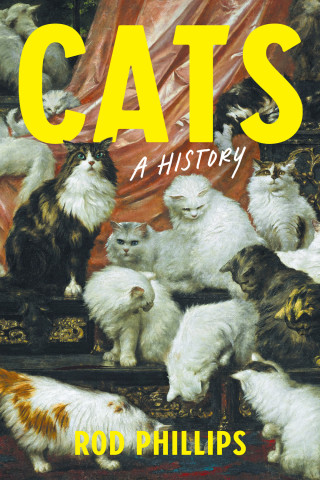
Reviews
Entertaining reading.
Excellent, eye-opening, horizon-broadening reading! Highly recommended.
Noted space historians... breathe new life into the subject by examining its history as well as its possible future. They call for a new vision of human spaceflight—a 'transhuman' program that takes into account current trends in robotics, artificial intelligence, genetic engineering and other fields that are rapidly changing the nature of both humans and machines.
This short volume manages to capture the history of U.S. space flight, to explain the underpinnings of U.S. space policy and to plot out the possibilities for our future in space in a style that most anyone can enjoy.
A timely and thought-provoking read, no matter what side of the humans vs. robots debate one is on. Highly recommended for anyone with an interest in where our species is ultimately headed in space.
Should interest any intelligent reader with an interest in the history and future of space exploration, whatever technology is applied. Its mix of historical background and social context, entirely due to the authors' long experience, takes the reader well beyond the usual issues of technical challenge and budget limitations, while numerous selected quotations accentuate the human element.
An examination of the history of the various arguments for sending humans and machines into space, and their relative merits. It is an authoritative, detailed look at how these arguments evolved and what the future of humans and robots in space might hold.
A remarkably well-written and lucid book... about the ongoing debate within the American civil space agency between proponents of human spaceflight and those who advocate robotic or 'unmanned' spaceflight.
Book Details
Acknowledgments
Introduction: A False Dichotomy
1. The Human/ Robot Debate
2. Human Spaceflight in Popular Culture
3. Promoting the Human Dimension
4. Robotic Spaceflight in Popular Culture
5. The New Space
Acknowledgments
Introduction: A False Dichotomy
1. The Human/ Robot Debate
2. Human Spaceflight in Popular Culture
3. Promoting the Human Dimension
4. Robotic Spaceflight in Popular Culture
5. The New Space Race
6. Interstellar Flight and the Human Future in Space
7. Homo sapiens, Transhumanism, and the Postbiological Universe
8. An Alternative Paradigm?
Appendix: Inaequate Words
Notes
Index






